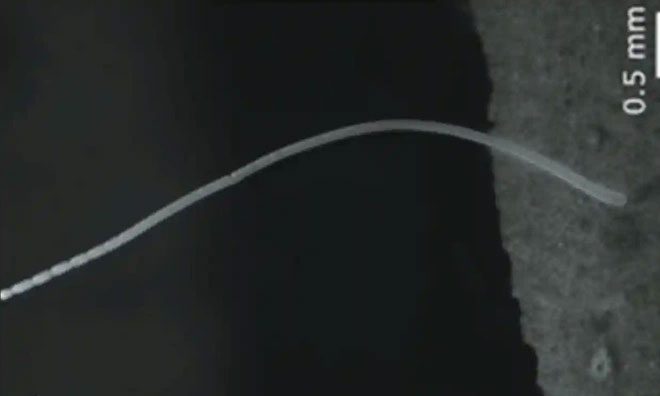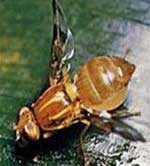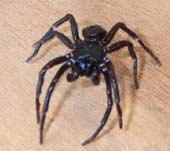Scientists have discovered the largest bacteria in the world, which has a white filamentous shape and is the size of a human eyelash. This bacterium was found in a swamp in Guadeloupe, France.
Measuring approximately 1 cm in length, Thiomargarita magnifica is 50 times larger than previously known bacteria and is also the first bacterium visible to the naked eye, according to a report by The Guardian on June 23.
This slender, white filamentous bacterium was discovered on the surface of decaying mangrove leaves in a shallow tropical marine swamp.

Thiomargarita magnifica discovered on the surface of decaying mangrove leaves in a shallow tropical marine swamp. (Photo: Vollard et al).
This discovery is surprising because, according to cellular metabolic models, bacteria should not grow to such sizes. Previously, scientists believed that the maximum size of bacteria would be less than 100 times smaller than Thiomargarita magnifica.
“To put it simply, it’s like a person encountering another person as tall as Mount Everest,” said Jean-Marie Volland, a scientist at the Lawrence Berkeley National Laboratory and co-author of the study.
The new bacterium was discovered by Olivier Gros, a marine biology professor at the University of the Antilles in Guadeloupe, while he was searching for symbiotic bacteria within the mangrove ecosystem.
Laboratory analysis revealed that these filaments are single cells with unusual internal structures. Most bacteria have free-floating DNA inside their cells, but Thiomargarita magnifica retains its DNA throughout the cell in compartments surrounded by membranes.
Thiomargarita magnifica also contains three times the number of genes compared to most bacteria, with hundreds of thousands of gene copies. This gives it an unusually complex structure.
Scientists are uncertain about why this type of bacterium can grow so large. One hypothesis is that Thiomargarita magnifica has adapted to avoid becoming prey. However, its large size also means it loses some common advantages, such as the ability to move freely and thrive in niche environments.
Thiomargarita magnifica has not been found at other locations and has disappeared from its original discovery site during recent visits by scientists, possibly because it is a seasonal organism.




















































